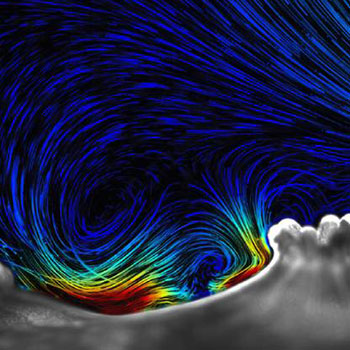How does blood get oxygenated in the heart? The right atrium receives deoxygenated blood, the left atrium receives oxygenated. How does the blood receive the oxygen?
2 Answers
The blood flows through the lungs, where it is oxygenated, on the way from the right side of the heart to the left side of the heart.
Explanation:
The right atrium pumps blood to the right ventricle which then pumps the blood into the lungs where it is oxygenated and then returns to the left atrium. From the left atrium blood is next pumped into the left ventricle, the strongest pumping chamber of the heart, which then pumps the blood out of the heart, into the aorta from which it flows to the rest of the body.
Blood is not getting oxygenated in heart at all; blood gets oxygenated in lungs. Blood leaves right part of heart and comes back to left part via lungs through pulmonary circulation.
Explanation:
 )
)
- Deoxygenated blood from all parts of the body drains back in right atrium.
- Blood is pumped from right atrium to right ventricle of heart.
- Right ventricle pumps deoxygenated blood to pulmonary artery.
- Pulmonary artery divides and blood enters lungs of both sides.
- Deoxygenated blood is distributed in capillaries present around alveoli of lungs.
- Partial pressure of carbondioxide is higher in blood than that in the air inside alveoli. Thus carbondioxide from blood diffuses out.
- Partial pressure of oxygen in lungs is higher than the partial pressure of oxygen in blood. Hence oxygen diffuses in blood capillaries.
- Oxygenated blood returns from lungs via pulmonary veins.
- Left atrium of heart receives all the oxygenated blood.
- Oxygenated blood enters left ventricle from left atrium.
- Oxygenated blood is pumped by left ventricle to rest of the body.

